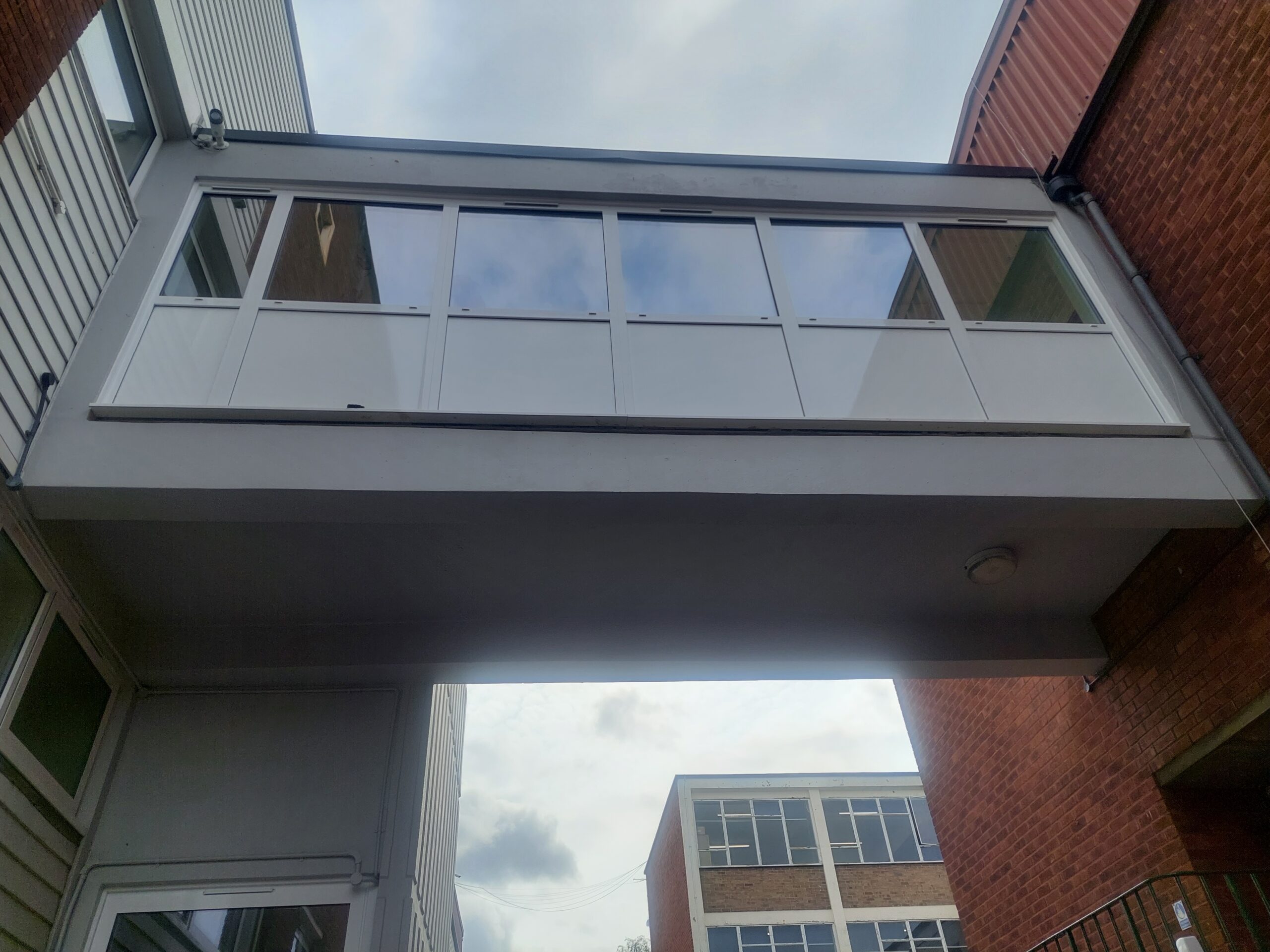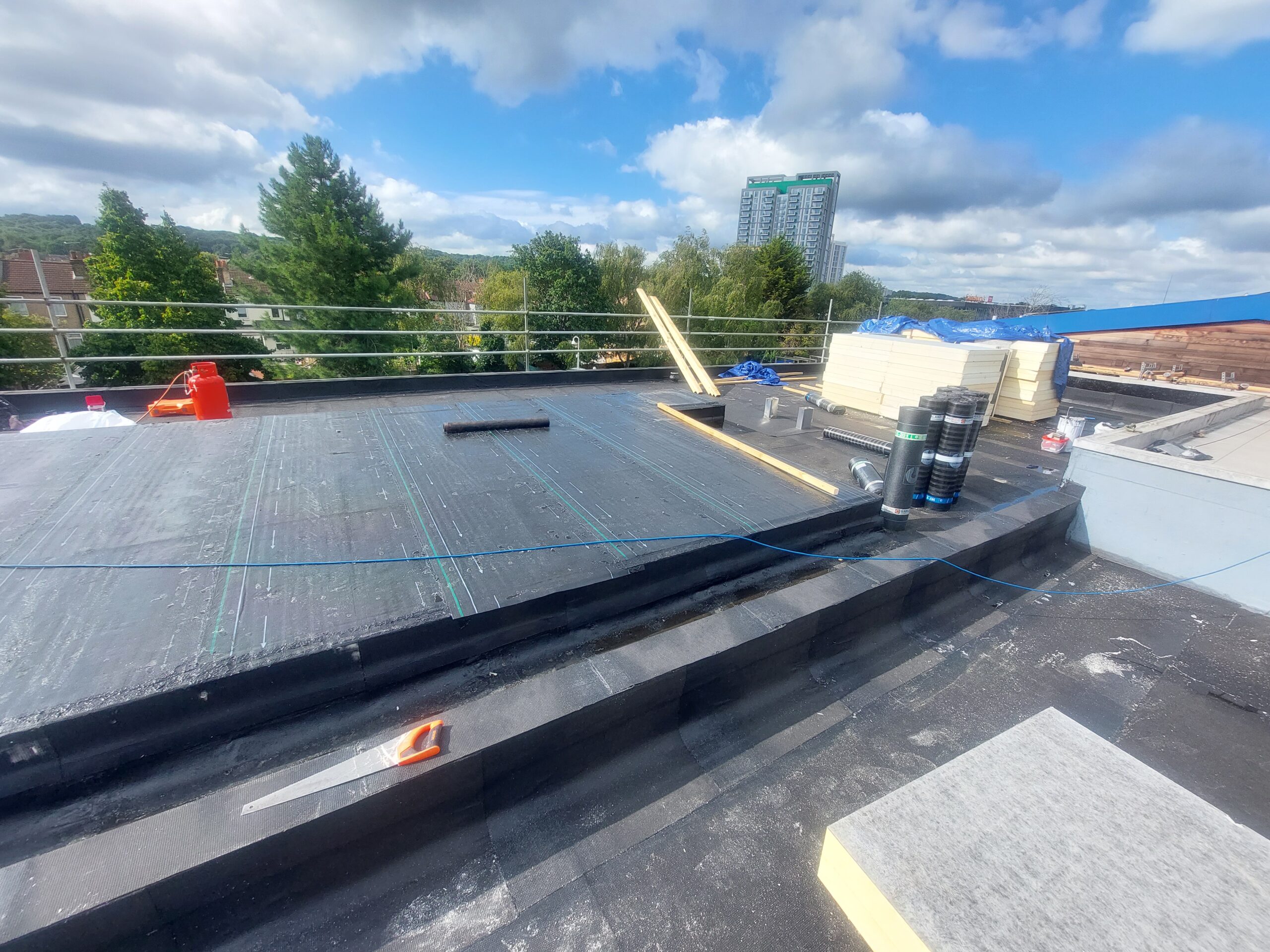The use of drones in Building Surveying
19 July 2019
Drones are becoming increasingly popular with consumers, with an estimated 13 million sold in 2018 alone, but they are also becoming more prominent commercially. The construction industry has been shaken up by new technologies emerging constantly in past years, with drones being no exception.
Reducing Time Frames
Construction projects can take a long time, whether it is due to the scale of the work, or unexpected problems halting progress. Surveys are often slowed by areas being difficult to access, hazardous, or separated from other areas where surveying is required.
Drones provide a cost effective solution to many problems arising from these issues, allowing fast and easy access to most areas of a construction site and the gathering of high quality images or video, all remotely, eliminating many risks associated with surveying on an active construction site.
Bringing Down Costs
An added benefit of the reduced time it takes to conduct a drone survey is a lowered cost. Surveyors are able to charge less as it takes them less time to arrange and conduct a survey. Cost savings can be notable on any project, but they will be especially prominent on large projects and projects involving tall buildings, where access to several parts of the building can be sped up from times ranging from months or weeks, to minutes or days.
Improving Quality
Drones come equipped with HD cameras, and they can take photos from any angle they can reach, resulting in high quality images that are often more clear than those obtained using conventional methods. This generally results in a survey being more thorough and the severity of issues that may arise is more clear.
Projects can also be visualised more easily using drones, with aerial views of a site being possible at any time, from any angle, allowing planners and investors to picture the entire site as it progresses.
Site Safety
In 2016, there were 384 deaths in the construction industry attributed to falls, with 27 of these in the UK. In many cases drones can eliminate the need to navigate to dangerous heights, resulting in fewer injuries and deaths.





